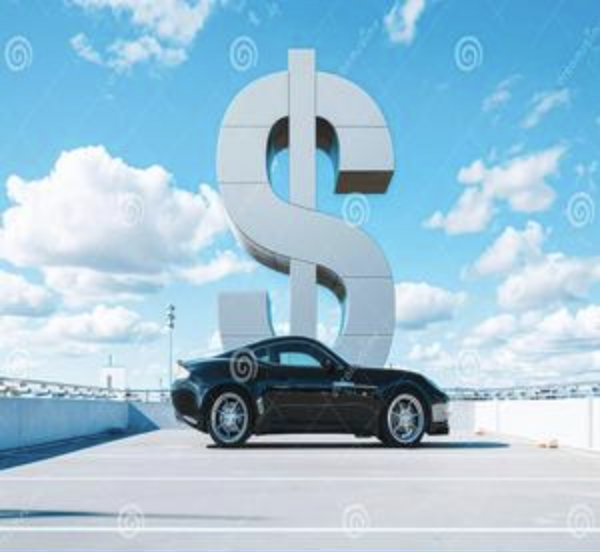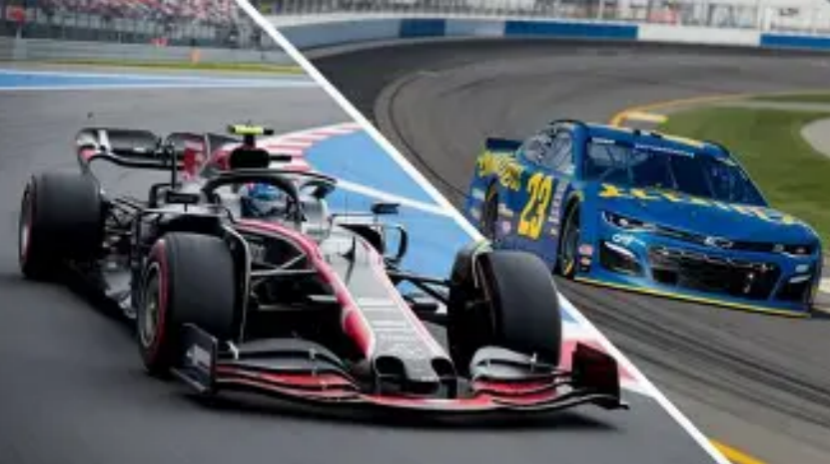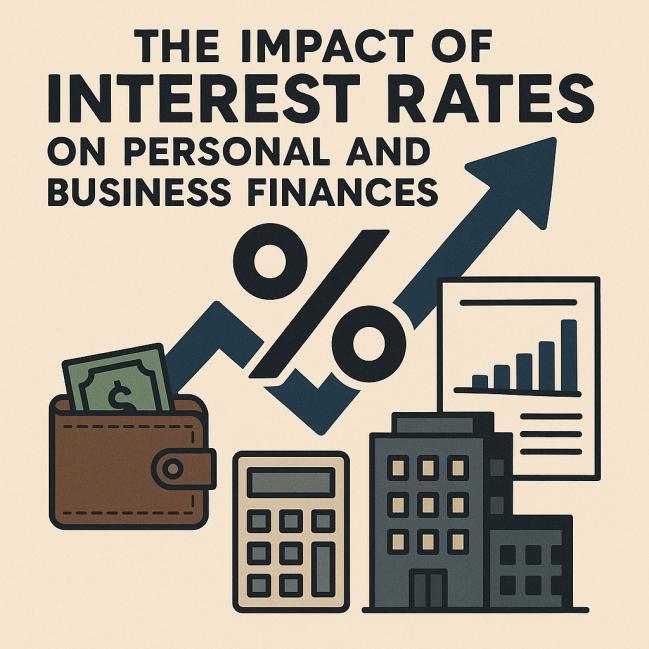For individuals with significant wealth, the act of purchasing luxury goods can be a delicate balance—sometimes it reflects refined taste and success, while other times it quietly depletes one’s finances. The key distinction is not simply the cost, but rather how these acquisitions correspond with long-term aspirations and true worth.

The Declining “Symbolic Value” of Brands
In the past, a bag or watch adorned with a logo represented exclusivity. However, today’s fast fashion imitations and "accessible luxury" brands have weakened this meaning. A wealthy person carrying a well-known luxury tote may no longer be viewed as unique— instead, they may be seen as merely following trends instead of showcasing their personal style. Authentic prestige now originates from understated rarity, like a tailor-made suit, a limited-edition watch from a lesser-known brand, or items that hold personal significance. Logos, which were once shortcuts to status, now risk reducing luxury to a commonplace idea—hardly justifying the high price.
Unseen “Social Maintenance” Expenses
Owning luxury items often requires additional spending to maintain their prestige. A designer leather jacket might need specialized cleaning; a luxury car demands top-notch servicing; while high-value jewelry requires consistent appraisals and upkeep. These “social maintenance” expenses can accumulate: a luxury watch may incur significant annual servicing costs, and a high-end handbag may require considerable funds for repairs within a few years. For affluent individuals, these expenses often do not influence the initial buying choice, transforming a momentary indulgence into an ongoing obligation, ultimately diminishing the value of the “status symbol.”

When “Must-Have” Becomes a Trap
In affluent social settings, there are often silent expectations for luxury: a new designer handbag every season, vacations at exclusive resorts, or fresh outfits for every occasion. This creates a cycle of “mandatory spending” for some, who feel pressured to fit in. A person with a high income may purchase a $30,000 diamond necklace not out of desire, but to match their friends’ similar jewelry. This behavior doesn’t signal status; rather, it traps individuals in a cycle. While the purchase may provide brief acceptance, it lacks true fulfillment and diverts money that could be used for investments or meaningful experiences.
“Legacy Luxury” Versus “Trend Luxury”
Not all luxury items are equal in value. “Legacy luxury”—such as a classic Hermès Birkin, a Rolex Submariner, or a Cartier Love bracelet—often retains or appreciates in value over time, becoming heirlooms that transfer status and worth to future generations. On the other hand, “trend luxury”—items linked to fleeting seasons or viral moments, like limited-edition sneakers or unique pieces from a one-hit collection—tends to depreciate rapidly. A trendy handbag might significantly drop in value within a year. High earners who mistake trend luxury for legacy luxury risk falling into the trap of acquiring declining assets.

For those who indulge frequently, luxury becomes meaningful when it aligns with an intentional, timeless identity. But it turns into a trap when driven by obligation, trends, or hidden expenses. The key lies not in avoiding luxury, but in ensuring it benefits rather than hinders you.







